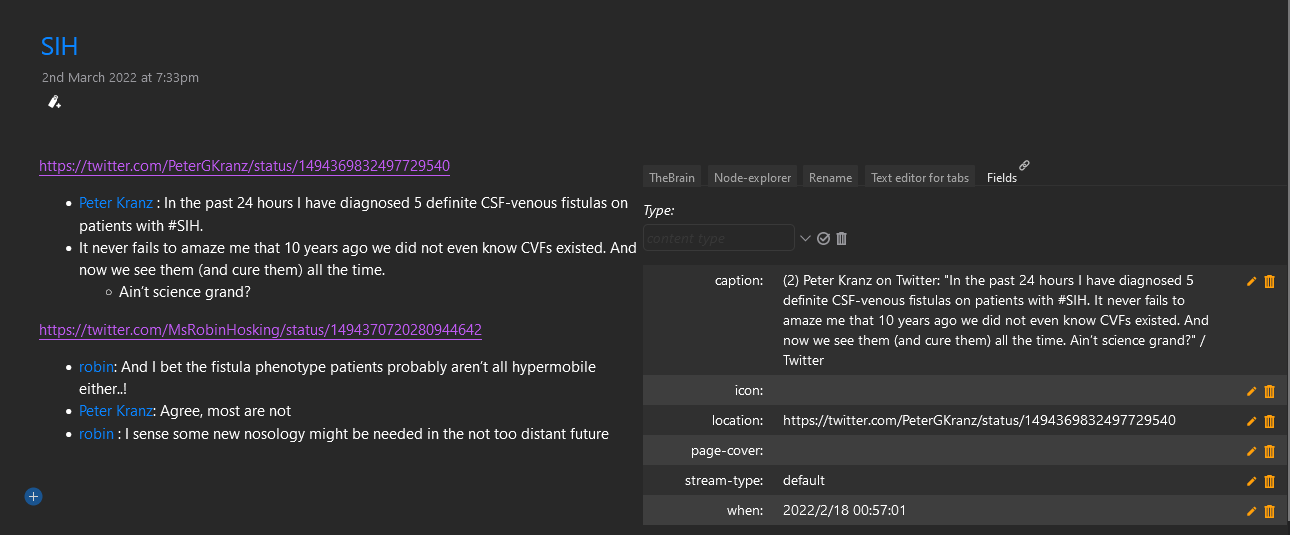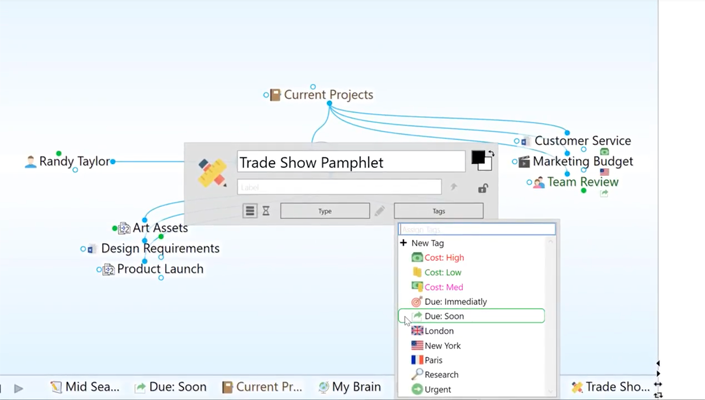


layout = ft_prepare_layout ( cfg ) reading layout from file neuromag306all. Those two (or three) subplots hold the data for the two planar gradients and for the magnetometer signal.Ĭfg = cfg. Hence the Neuromag layout files contain two (for the old 122 channel system) or three (for the recent 306 channel systems) separate subplots for each channel location. You do not want to plot those on top of each other. The Neuromag system has two planar gradiometers and one axial magnetometer at each sensor location. Read more on layout files here, and in the frequently asked questions.įor multiplotting planar gradient data from the Neuromag/Elekta/MEGIN system it is especially relevant to understand the layout files.

The layout is determined by the layout file. mat the call to "ft_prepare_layout" took 0 seconds and required the additional allocation of an estimated 4 MB figure ft_plot_layout ( cfg. layout = ft_prepare_layout ( cfg ) reading layout from file CTF151_helmet. layout = 'CTF151_helmet.mat' % note that it is a binary. In the plotting functions the FieldTrip function ft_channelselection is called, which makes it straightforward to plot for instance the mean TFR (download here, see time-frequency analysis tutorial)of the left central channels.Ĭfg = cfg. If you specify multiple channels in cfg.channel both singleplot functions will plot the mean over these channels. In the plotting functions either the FieldTrip function ft_timelockbaseline or ft_freqbaseline is called. It is for instance possible to do baseline correction before plotting, by specifying the baseline type and time limits. The FieldTrip plotting functions have a lot of built-in intelligence to make plotting of multidimensional data easier. The advantage of using the standard MATLAB plot function is that you can easily find all documentation for it (“doc plot”) and tweak the low-level figure characteristics. The ft_singleplotER function might not look so impressive compared to standard plot that is because the ERF data representation is quite simple. linecolor = 'g' figure ft_singleplotER ( cfg, avgFC ) In this tutorial we assume that you already have the data from the event-related averaging tutorial, the time-frequency representations of power tutorial and the applying beamforming techniques in the frequency domain tutorial, and we will demonstrate plotting at both the sensor and source level.Ĭfg = cfg.

To determine which high-level functions are suitable for you depends on the type of data you have: sensor or source space data. This is especially useful if there is no data selection and bookkeeping involved, e.g., when you want to plot multiple geometrical objects (like sensors, source model, head surface, etc). If you want to make more complex figures or tweak all options, you can bypass the high-level functions and call the low-level functions instead. The high-level functions take care of the data bookkeeping and call the low-level function. For more simple data, such as a set of reaction times of the subject, we expect you to use the standard MATLAB plotting functions. This is accomplished with high-level functions (e.g., ft_topoplotER or ft_multiplotTFR) and low-level functions (with prefixes ‘ft_plot_*’ and ‘ft_select_*’, e.g., ft_plot_matrix or ft_select_box). The goal of the plotting functions in FieldTrip is to ease the visualization of complex data structures with multiple dimensions and with data that is not trivial to interpret spatially. Of course you can also use the standard MATLAB functions like plot, plot3, image, imagesc, patch, surface, etc. You can find them by typing in the command window help ft_plot_ and then press the Tab key. These are located in the plotting sub-directory and are named ft_plot_xxx. These functions take care of all bookkeeping and some of the functions allow you to interact with the data by clicking in the figure.Īlternatively, you can use the low-level FieldTrip plotting functions. Like other high-level functions they take a cfg as first input argument, followed by the data. To visualize your data you can use FieldTrip’s high-level plotting functions, which are optimized for the FT data structures. Tutorial plotting layout Plotting data at the channel and source level Introduction


 0 kommentar(er)
0 kommentar(er)
